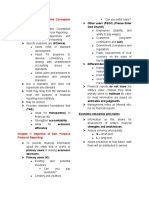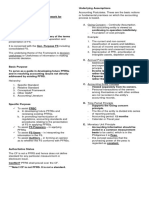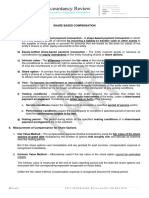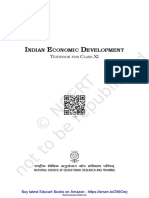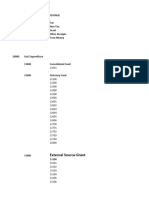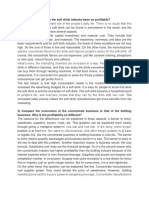0% found this document useful (0 votes)
16 views6 pagesCFAS Summarized Notes
The document summarizes key concepts from the first 8 chapters of the Conceptual Framework for Financial Reporting 2018. It discusses the objective of general-purpose financial reporting, elements of financial statements, recognition and measurement principles, and the concepts of capital and capital maintenance under the framework.
Uploaded by
lyleisaac.illaga.23Copyright
© © All Rights Reserved
We take content rights seriously. If you suspect this is your content, claim it here.
Available Formats
Download as PDF, TXT or read online on Scribd
0% found this document useful (0 votes)
16 views6 pagesCFAS Summarized Notes
The document summarizes key concepts from the first 8 chapters of the Conceptual Framework for Financial Reporting 2018. It discusses the objective of general-purpose financial reporting, elements of financial statements, recognition and measurement principles, and the concepts of capital and capital maintenance under the framework.
Uploaded by
lyleisaac.illaga.23Copyright
© © All Rights Reserved
We take content rights seriously. If you suspect this is your content, claim it here.
Available Formats
Download as PDF, TXT or read online on Scribd
/ 6

